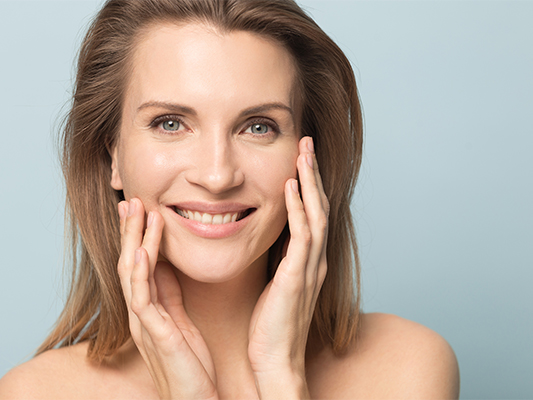Our skin is made up of cells called melanocytes. They produce pigments called melanin. It is these pigments that give our skin its color.
Hyperpigmentation is therefore the consequence of excessive melanin production by the skin. This is harmless, but can be a source of aesthetic complexes. Aesthetic medicine offers several types of treatment to remedy this problem.


 There are also different types of hyperpigmentation:
There are also different types of hyperpigmentation: phototoxic:following excessive sun exposure on areas of the body in contact with perfume, or after taking certain medications, brown spots can appear.
phototoxic:following excessive sun exposure on areas of the body in contact with perfume, or after taking certain medications, brown spots can appear. Aesthetic medicine offers a range of effective solutions, some of which are painless and non-invasive.
Aesthetic medicine offers a range of effective solutions, some of which are painless and non-invasive.













